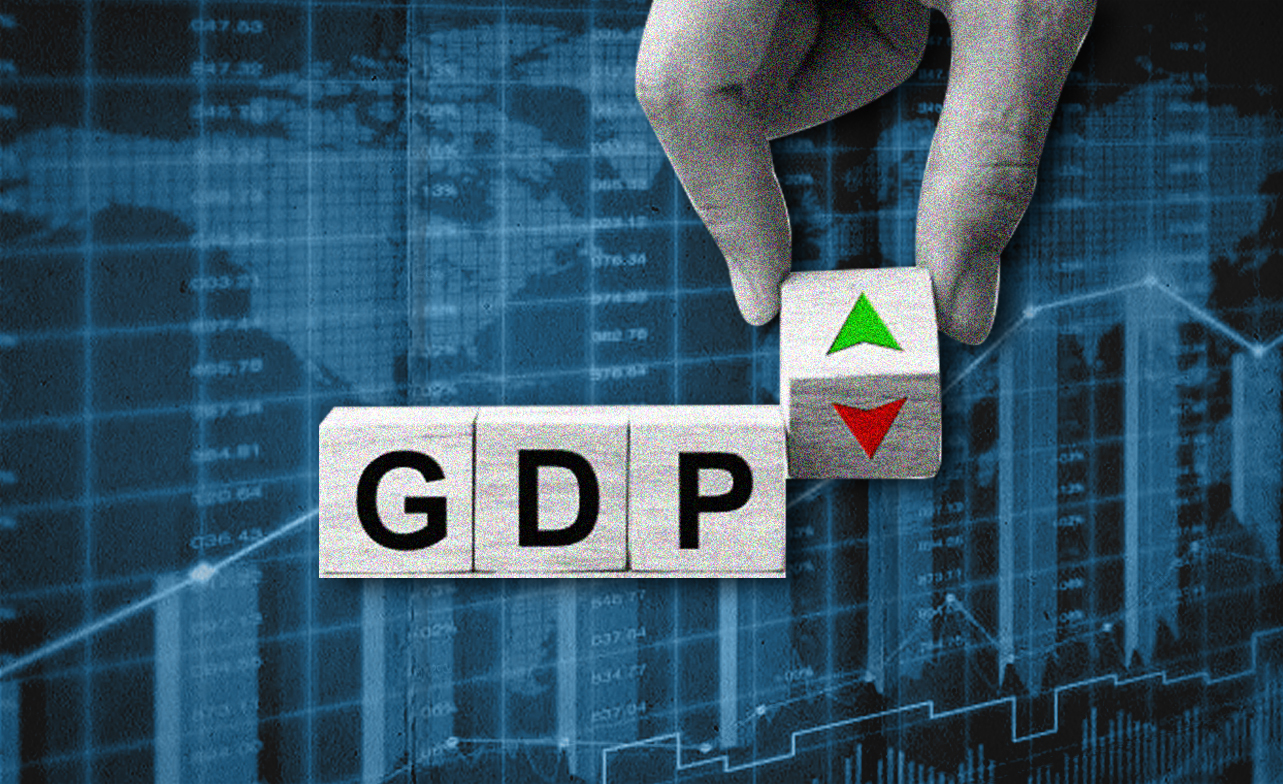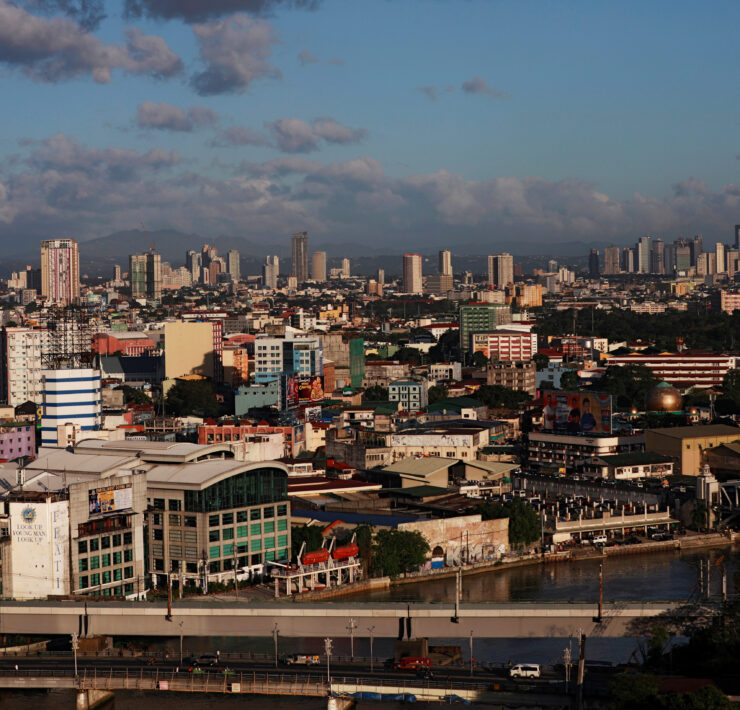6% PH GDP growth in 2025 still possible–Standard Chartered

The domestic-driven Philippine economy could still grow by 6 percent this year despite the US tariff debacle, but largely due to base effects that may obscure a “steady but not stellar” lift from consumer spending.
Speaking at a webinar on Friday, Jonathan Koh, economist and FX analyst at Standard Chartered, said a “weaker labor market” marked by a decline in high-quality jobs has been weighing on household consumption, a key engine of economic growth.
In an economy heavily reliant on domestic activity, that would typically pose a challenge, especially amid external headwinds such as the US tariff dispute. However, Koh noted that statistical distortions from base effects were likely to buoy gross domestic product (GDP) growth to around 6 percent this year.
If such a prediction comes to pass, GDP expansion in 2025 would settle within the Marcos administration’s watered-down growth target range of 5.5 to 6.5 percent.
“So, in terms of private consumption, I think at the moment, it’s adding about 3.9 percentage points to GDP growth. I think probably for the year, it adds about 4 percentage points to GDP growth. So, it’s a bit less than pre-COVID,” Koh said.
Latest data showed GDP expanded by 5.4 percent year-on-year in the first three months of the year, slightly faster than the 5.3 percent growth in the preceding quarter but slower than consensus.
Figures showed gross capital formation—the investment component of the GDP—grew by 4 percent in the three months ending in March, slowing down from 5.5 percent in the preceding quarter, as the Trump administration’s trade war rattled markets and shook investor confidence.
The uncertainties were so bad that Filipino companies had to change their strategy. While exports grew by 6.2 percent, the highest in four quarters, inbound trade expanded by 9.9 percent. Analysts said local producers might have frontloaded their imports ahead of the higher US tariffs.
In GDP accounting, Filipino goods and services sold abroad are added to economic output, but imports are counted against it. That said, the “net exports” component subtracted around 2 percentage points from the total GDP growth last quarter, estimates showed.
Amid the global trade storm, the economy drew most of its strength at home. Consumer spending expanded at a higher rate of 5.3 percent from 4.7 percent previously, thanks to easing inflation.
Standard Chartered’s Koh said the economy might have grown at a faster clip of 5.9 percent in the second quarter, as the drag from the net exports component might have already eased by then.





















